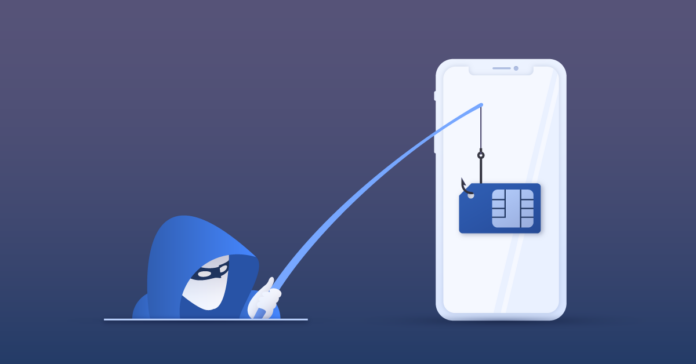Ever heard of a SIM swap? If not, don’t worry. You’re not alone. It’s one of those things that sounds like it belongs in a spy movie, but it can actually happen to anyone. And trust me, it’s one of the most frustrating ways to lose your identity. But, it’s not the only way.
There are plenty of other dumb ways to lose your identity, and I’m here to share some of them with you. So, grab a cup of coffee, sit back, and let’s chat about how to keep your identity safe.
What is a SIM Swap?
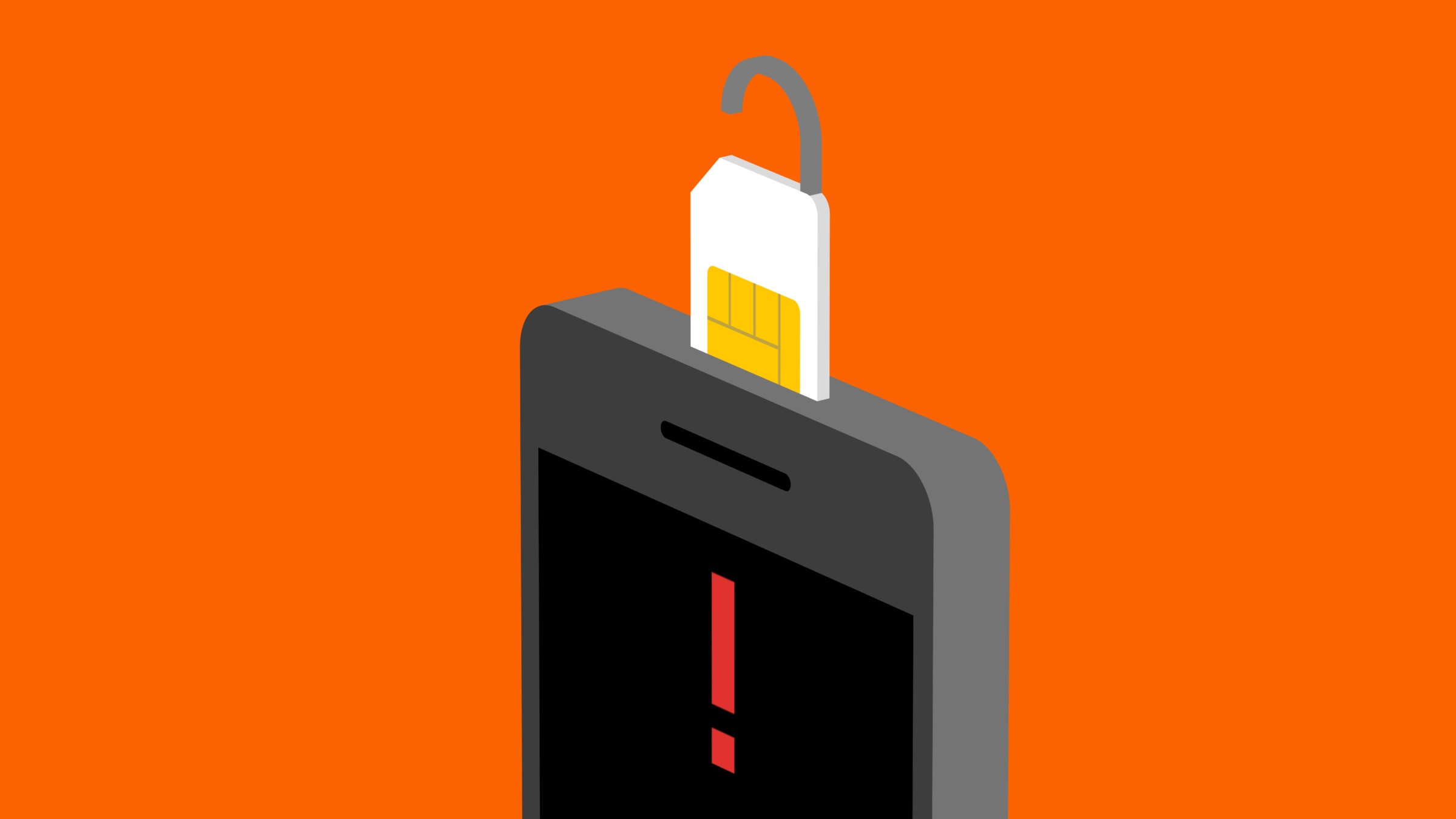
First off, let’s talk about what a SIM swap is. In simple terms, a SIM swap is when someone tricks your mobile carrier into transferring your phone number to a new SIM card.
Once they have control of your number, they can access your accounts, reset passwords, and basically take over your digital life. It’s scary stuff. If you fall victim to a SIM swap, you might need to consider filing a SIM swap lawsuit to recover any damages.
How Does a SIM Swap Happen?
Here’s how it usually goes down:
- Gather Information: The scammer collects personal information about you. This could be through phishing emails, social media stalking, or even data breaches.
- Contact Carrier: They contact your mobile carrier, pretending to be you. They might say they’ve lost their phone or need a new SIM card.
- Convince Carrier: Using the information they’ve gathered, they convince the carrier to transfer your phone number to a new SIM card.
- Take Over: With control of your number, they can access your accounts, reset passwords, and wreak havoc.
Other Stupid Ways to Lose Your Identity
While SIM swaps are bad, they’re not the only way you can lose your identity. Here are a few other dumb ways it can happen:
1. Phishing Scams
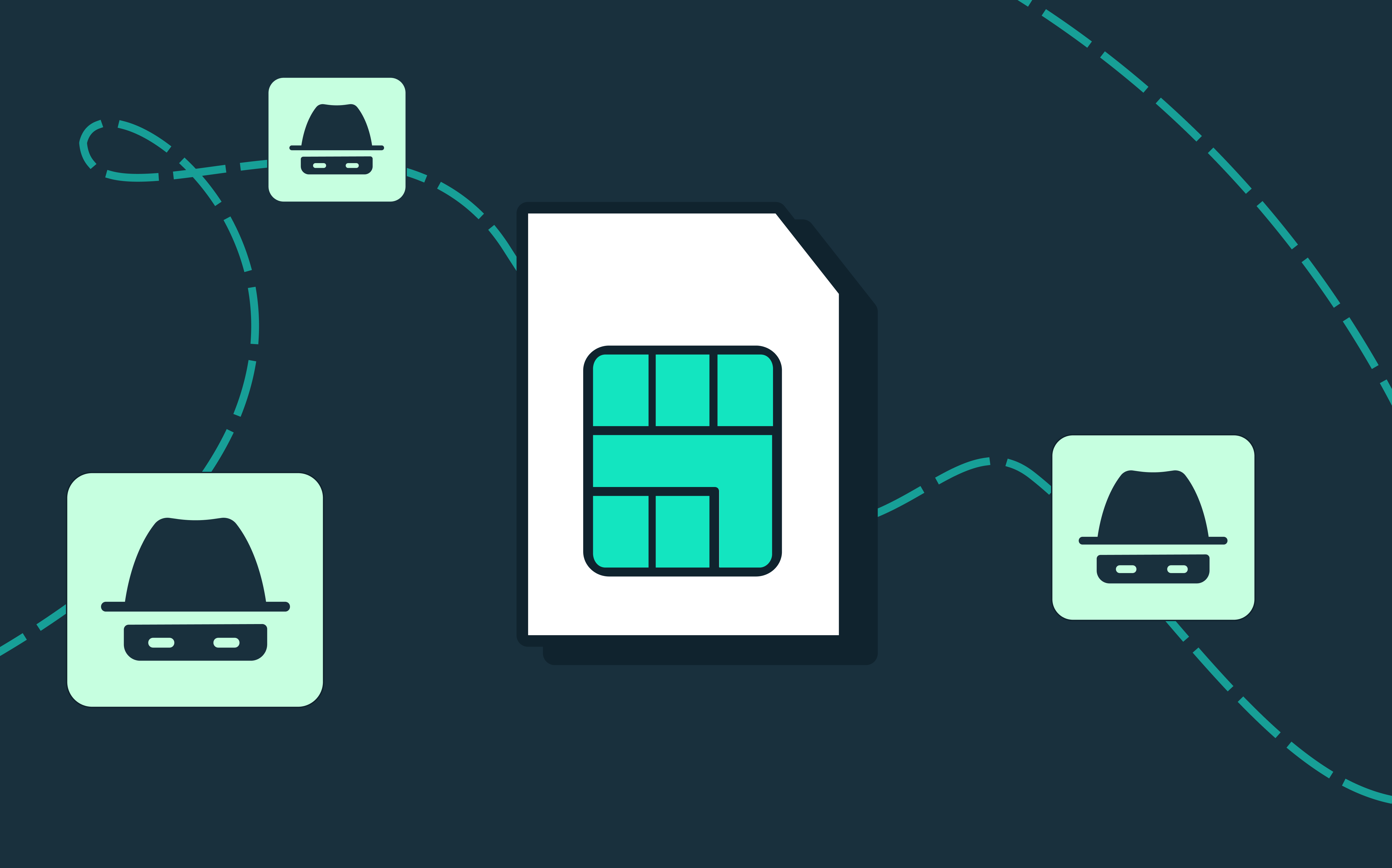
Phishing scams are a classic. It’s like they’re constantly trying to reel us in, hoping we’ll take the bait and hand over our personal details without a second thought. But you know what they say, “Fool me once, shame on you. Fool me twice, shame on me.”
It’s always a good idea to be super cautious when it comes to those suspicious-looking emails. Take a close look at the sender’s address – sometimes those scammers can be pretty crafty, making it look legit when it’s anything but.
And those links? Forget about it! Unless you’re 100% sure it’s from a trusted source, just steer clear. Better safe than sorry.
2. Weak Passwords
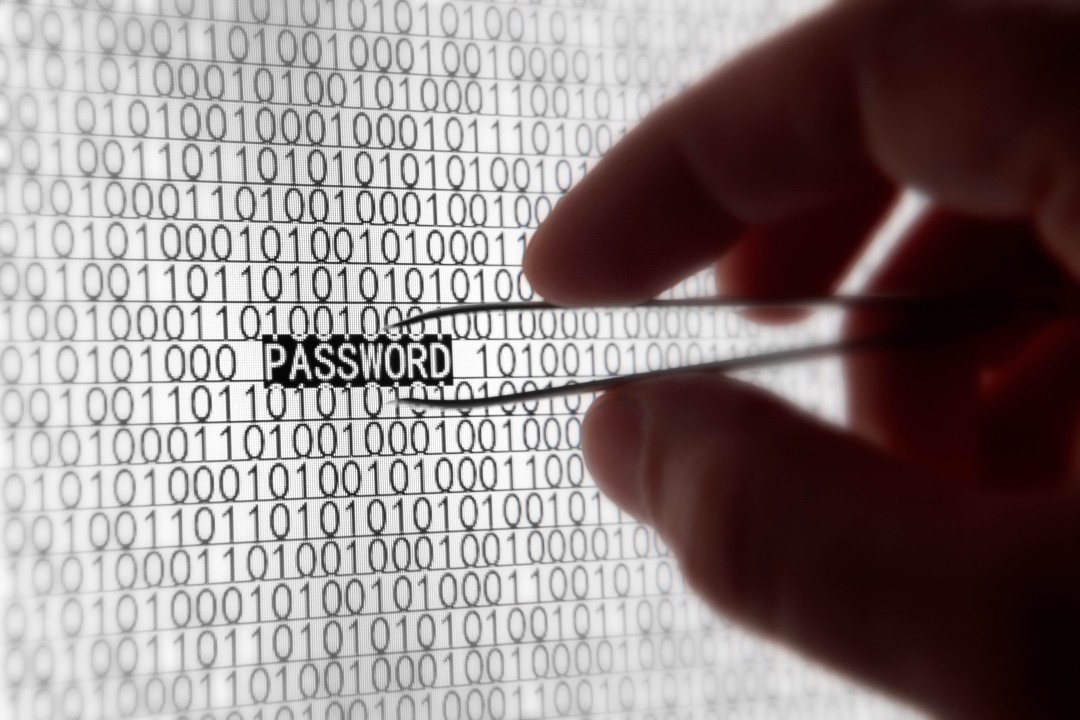
Using weak passwords is like leaving your front door wide open. Those simple, obvious passwords are just an open invitation for trouble. But don’t worry, there’s an easy fix. Why not try something a little more secure – how about using strong, unique passwords for each of your accounts?
That way, you can rest easy knowing your digital home is locked up tight. And to make it even easier, you could look into using a password manager to keep track of everything.
That way, you don’t have to worry about remembering a bunch of different logins. Just focus on living your life, and let the password manager handle the heavy lifting.
3. Public Wi-Fi
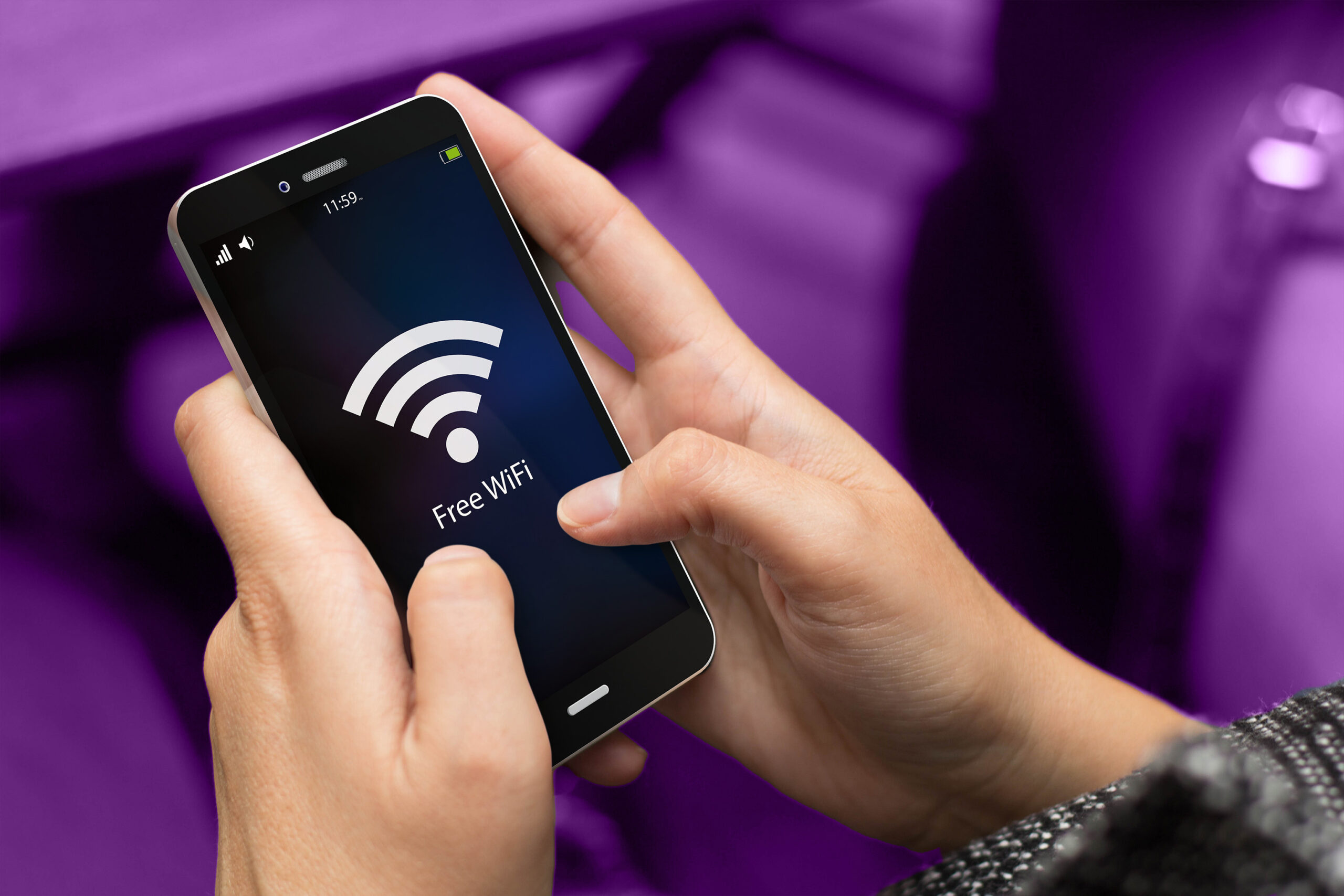
Public Wi-Fi is convenient, but it’s also a playground for hackers. When you connect to an unsecured network, you risk exposing your personal information. If you must use public Wi-Fi, consider using a VPN to encrypt your data.
4. Oversharing on Social Media
We all love sharing our lives on social media, but oversharing can be dangerous. Posting personal information, like your full name, birthday, or address, can give scammers the information they need to steal your identity. Be mindful of what you share and who can see it.
5. Dumpster Divings
Believe it or not, dumpster diving is still a thing. Scammers can go through your trash to find personal information like bank statements, credit card offers, and other documents. Shred any documents with sensitive information before throwing them away.
How to Protect Yourself
Now that we’ve covered some of the dumb ways you can lose your identity, let’s talk about how to protect yourself.
Use Two-Factor Authentication
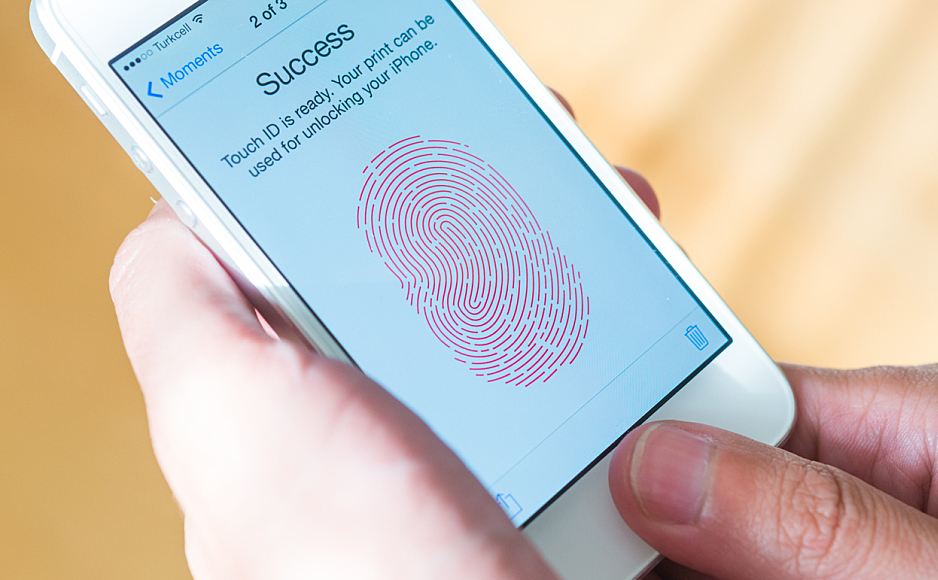
Two-factor authentication (2FA) adds an extra layer of security to your accounts. Even if someone gets your password, they’ll need a second form of verification to access your account. Enable 2FA on all your accounts whenever possible.
Monitor Your Accounts
Regularly check your bank and credit card statements for any suspicious activity. If you notice anything unusual, report it immediately. Consider signing up for credit monitoring services to get alerts about any changes to your credit report.
Be Cautious with Personal Information
Be mindful of who you share your personal information with. Only provide your information to trusted sources and never give out sensitive information over the phone or email unless you’re sure of the recipient’s identity.
Educate Yourself
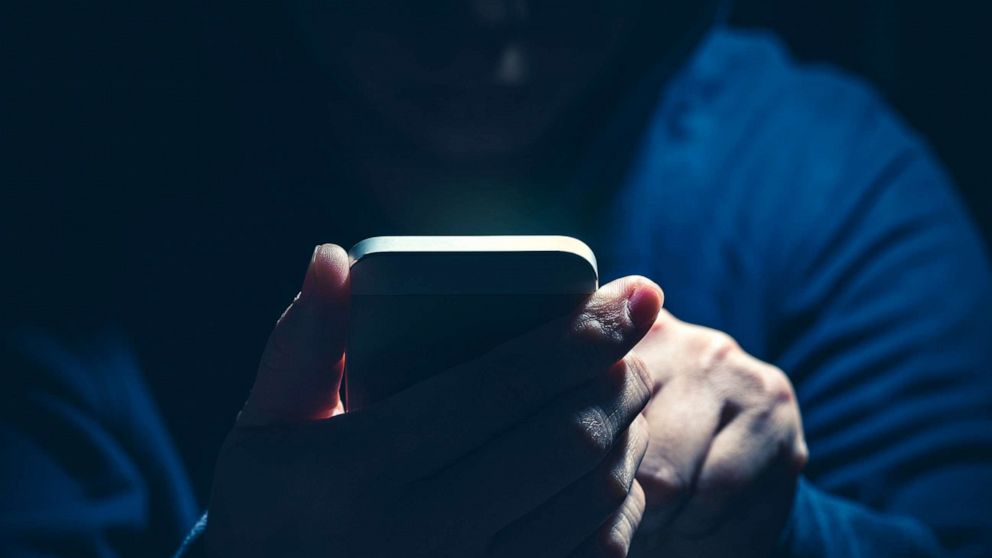
Stay informed about the latest scams and security threats. The more you know, the better equipped you’ll be to protect yourself. Follow reputable sources and consider subscribing to security newsletters.
What to Do If Your Identity is Stolen
If you find yourself a victim of identity theft, don’t panic. Here’s what you should do:
- Report It: Contact your bank, credit card companies, and any other affected institutions to report the theft. They can help you secure your accounts and prevent further damage.
- Freeze Your Credit: Place a freeze on your credit report to prevent new accounts from being opened in your name. You can do this by contacting the major credit bureaus.
- File a Police Report: Filing a police report can help you document the theft and may be required by some institutions.
- Monitor Your Credit: Keep an eye on your credit report for any new activity. You can request a free credit report from each of the major credit bureaus once a year.
Final Words
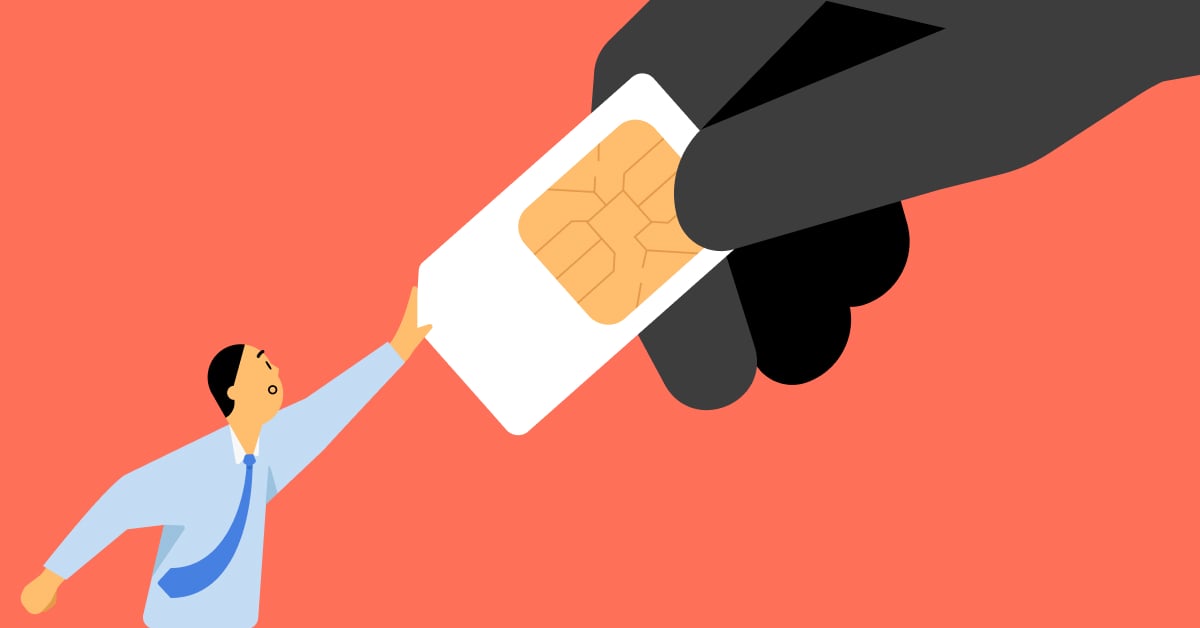
Losing your identity is a nightmare, but by being vigilant and taking some simple precautions, you can significantly reduce your risk. From SIM swaps to phishing scams, there are plenty of ways scammers can try to steal your identity.
But with strong passwords, two-factor authentication, and a healthy dose of skepticism, you can keep your personal information safe. Stay informed, stay cautious, and stay safe out there!

